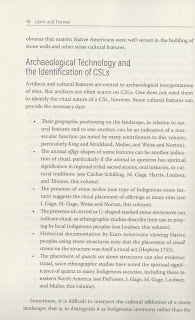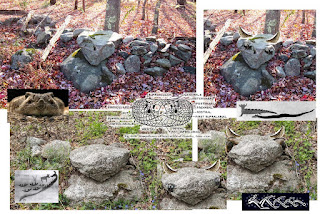Changing plans, I turn down White Deer Rock Road.
It’s the “back side” of Lake Quassapaug, the Middlebury end
Not the Amusement Park side but the Tyler Cove side.
New stone walls by the country club entrance,
Formerly a road that my grandmother and her brothers would
walk,
From the family farm, down to the Lake, to go fishing…
There’s no boat launch any more, no places to park on the
Cove
But there are still some trails visible, leading up to where
the Indian Fish Camp used to be.
Native people would camp there in the summer, they say,
From Waterbury and from Rhode Island and from all over, they
say.
I assumed they meant “Long ago,” but I once talked with a
Mr. Freeman
Who told me it wasn’t that long ago that he’d camp with his
Grandmother
And other “Woodbury Indians.”
-
“But I
just read a book that said there aren’t any more (Pootatuck) Woodbury Indians,”
I say.
-
“Well my
grandmother never must’ve read that book,” Mr. Freeman says.
Big new houses on the road but
there’s Nature Center signs here and there along new pavement
And I stop at the designated parking
spot a moment, look at the map and the broken rocky ground.
I realize that these outcrops
were quarried, with probably blasting caps and dynamite;
I can see the old truck paths, softened
with a hundred years’ worth of time,
Most likely back when Mr. Freeman’s father
and his crew,
Just my Dad’s grandfather and his
crew of a brother and a cousin,
Worked building the famous Whittemore
estate walls in the WPA years…
-
Mr. Freeman
tells me the story of the herd of White Deer that gave the road it’s name.
-
Almost
word for word, it’s the same story my grandmother told me…
I spot a perched and pedestaled rhomboidal stone I had
photographed years ago,
A Healing Diamond perhaps, a Medicine Stone,
And although I’ll never know just who did that
I start to understand the intention of the person who placed
that Stone just so,
On the shattered remains of a Sacred Landscape…
http://wakinguponturtleisland.blogspot.com/2013/12/rhombus-stone-on-white-deer-rocks-road.html
https://wakinguponturtleisland.blogspot.com/2016/03/around-and-behind-rhomboidal-stone.html



































%20snakefence.jpg)
























